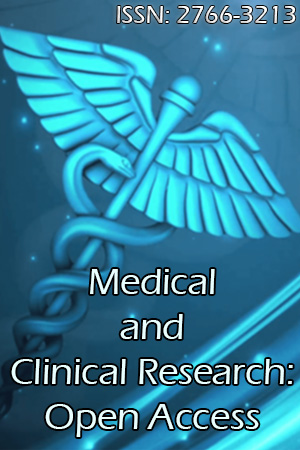Severe Preeclampsia: Epidemiological, Diagnostic, Therapeutic and Prognostic Aspects at Aristide Le Dantec Hospital
YFO Gaye, PS Diabakhaté, N Niang, OJD Sarr, FD Bocoum, AC Niassy, Y Touré, MEF Diémé, A Diouf, JC Moreau.
Introduction: Preeclampsia, defined as the association of arterial hypertension and proteinuria during gravidopuerperium, is a complex pathology specific to the human species and to gestation. It is responsible for high maternal and perinatal morbidity and mortality, particularly in developing countries such as Senegal. We therefore conducted a retrospective, descriptive and analytical study at the level III Maternity unit of Aristide Le Dantec Hospital during the period from 1 July 2018 to 31 December 2019. The general objective of this study was to determine the prevalence and epidemiological profile of patients but also to assess the management and prognosis of severe preeclampsia.
Results: A total of 192 patients with severe preeclampsia were identified, representing a prevalence rate of 6.3%. The majority (69.8%) of patients were from the Dakar suburbs. The mean age of the patients was 28.3 years. The mean gestational age was 1.6 and the mean parity 1.3. Fifty-two patients (27%) had at least one pathological obstetrical history. A cardiovascular risk factor was found in 66 (34.4%) of the patients. Personal medical history was dominated by obesity (23.4%). Medical evacuation (91.2%) was the most frequent mode of admission. Parturients had attended fewer than 4 antenatal consultations in 58.5% of cases. The average gestational age was 35.7 weeks of amenorrhoea. Pregnancy was carried to term in 50.8% of patients. Functional signs were dominated by headaches (35.4%). SAP was >160 mmHg in 76% of cases and DBP >110 mmHg in 49%. Proteinuria >3 crosses of albumin was found in 68.8% of cases. Complications were dominated by HRP (12.5%) and MFIU (12.5%). Calcium antagonists (80.7%) were the main antihypertensive agents used and magnesium sulphate was administered in 54.7% of patients. Antenatal corticosteroids were used in 22% of pregnant women. Caesarean section was the most frequent method of delivery, accounting for 67.2% of cases. The average hospital stay was 6.7 days. We recorded 3 cases of maternal death, i.e. a case-fatality rate of 1.6% and perinatal mortality of 155.8%.
Conclusion: Severe preeclampsia remains a major public health problem in developing countries. Reducing maternal and foetal morbidity and mortality will be achieved by raising awareness among parturients of the value of antenatal consultations and by adopting policies for access to quality care in terms of monitoring and management of pregnancy and childbirth.
View pdf
